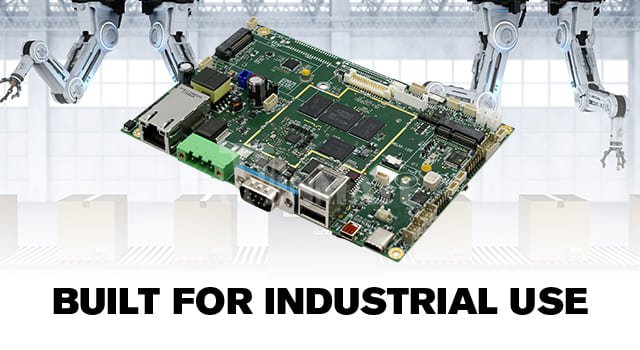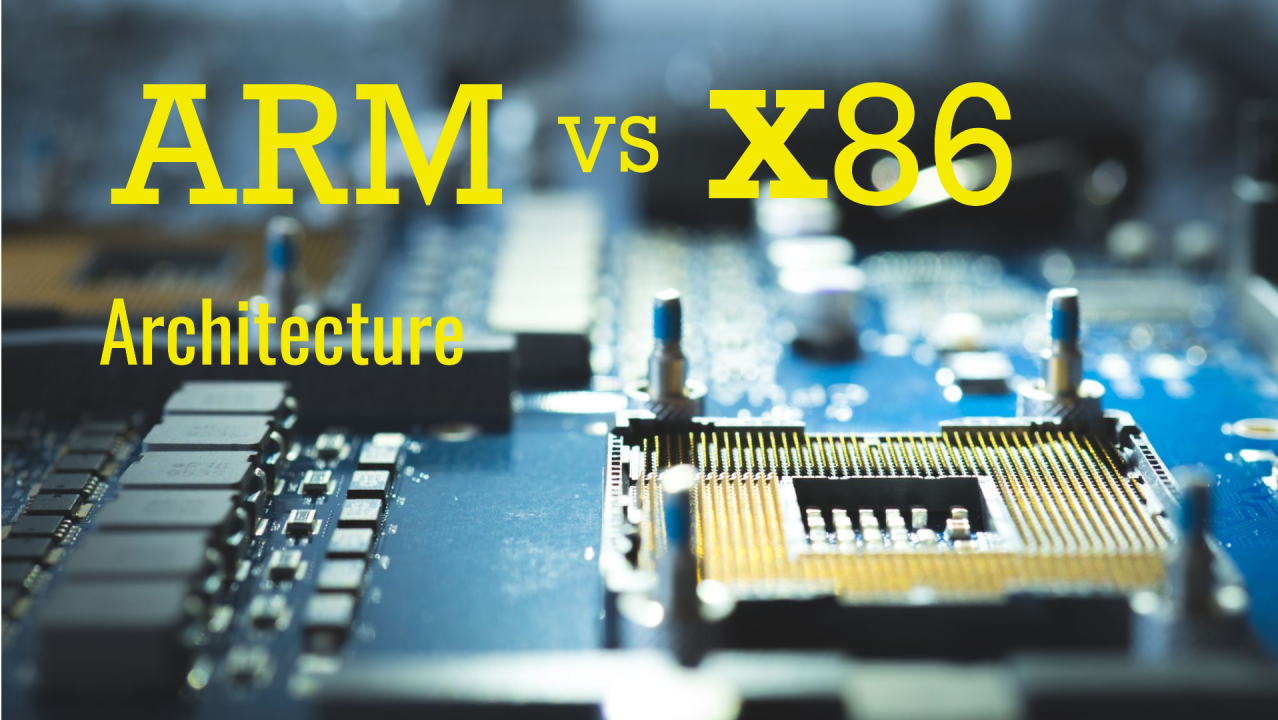
How to Build an Energy-Efficient AI Terminal with ARM Motherboards
As artificial intelligence (AI) shifts from cloud to edge, businesses are seeking ways to deploy intelligent systems that are not only powerful but also compact, fanless, and energy-efficient. Whether it’s a smart retail kiosk, a security access terminal, or a health screening device, energy-efficient AI terminals are becoming a necessity—not just a feature.
At the heart of these innovations is the ARM motherboard: a compact, low-power, and increasingly AI-ready computing platform that enables high-performance inference on the edge without breaking power or thermal budgets.
In this article, we’ll guide you step-by-step through how to build an energy-efficient AI terminal using ARM-based motherboards, including best practices for hardware, software, power optimization, and real-world applications.
Why Energy Efficiency Matters in AI Terminals
The Rise of Edge AI
From contactless check-in kiosks to smart vending machines, AI at the edge is reshaping how machines interact with people. By running inference locally (on-device), edge AI terminals offer:
- Lower latency than cloud-based systems
- Improved data privacy since sensitive information doesn’t leave the device
- Offline functionality in environments with poor connectivity
However, edge devices often face power and thermal constraints, especially in enclosed, unattended, or mobile environments. That’s where ARM motherboards excel.

Why Choose ARM for AI Terminals?
ARM SoCs (System on Chips) offer:
- Low power consumption with high performance-per-watt
- Built-in NPUs (Neural Processing Units) for on-chip AI acceleration
- Fanless design compatibility
- Support for Linux, Android, and open-source AI toolkits
This makes them ideal for smart terminals where space, energy, and cooling are at a premium.
Core Components of an ARM-Based AI Terminal
Let’s start by breaking down the essential hardware required to build a fully functional AI terminal using an ARM motherboard.
1. Choosing the Right ARM SoC
Look for ARM-based boards with SoCs that include:
- AI accelerators (NPU/DSP) for running inference models
- Multi-core CPUs (quad-core or hexa-core) for multitasking
- Integrated GPU for image/video rendering if needed
Recommended SoCs:
- Rockchip RK3399– Dual-core NPU, widely supported
- Rockchip RK3588 – 6 TOPS AI performance, multiple display outputs
- NXP i.MX 8M Plus – Industrial-grade, low power, dual camera input
2. RAM and Storage
- 4GB to 8GB RAM is typically sufficient for AI inference and multimedia.
- eMMC or SSD: Choose onboard eMMC for reliability or NVMe SSD for faster boot and model loading.
3. Display and Touch Interface
If your terminal is interactive, support for HDMI, LVDS, or eDP is critical, along with USB capacitive touch or I²C touch panels.
4. Cameras and Sensors
- MIPI CSI or USB cameras for AI vision
- Optional: IR sensors, temperature modules, barcode scanners, or microphones for multimodal input
5. Power Supply
- 12V DC input is standard, but also look for PoE (Power over Ethernet) support.
- Use low-dropout regulators (LDOs) and efficient power conversion for minimal loss.
Software Stack for AI on ARM Motherboards
Building an AI terminal doesn’t stop at hardware. Let’s walk through the software side:
1. Operating System
Most ARM boards support:
- Linux (Debian, Ubuntu, Yocto, Buildroot) – Flexible and open
- Android 10–13 – Great for touchscreen kiosks
- RTOS or hybrid OS for time-critical applications
ShiMeta offers customizable Linux BSPs for its ARM platforms, tailored for AI deployment.
2. AI Frameworks and Toolkits
Depending on your SoC, choose AI toolkits that support hardware acceleration:
| Toolkit | Supported Boards | Features |
| TensorFlow Lite | Most ARM boards | Lightweight, good for MobileNet/EfficientNet |
| RKNN Toolkit | RK3399Pro, RK3588 | Rockchip’s native AI toolkit for NPU |
| ONNX Runtime | RK3588, i.MX 8M Plus | Run models trained in PyTorch, TensorFlow |
| OpenVINO | i.MX 8 series | Intel’s optimized inference toolkit (on ARM) |
Convert and optimize models before deployment to reduce compute load and memory usage.
3. Inference Optimization Tips
- Quantize models to INT8 to reduce size and power draw
- Use batch=1 for real-time applications
- Offload preprocessing (e.g., resizing, normalization) to the GPU or DSP
4. Device Management
Use remote device management platforms like:
- Mender or BalenaCloud for OTA updates
- Ansible or Docker for environment replication and updates
These tools let you control large fleets of AI terminals remotely, with minimal overhead.
Power Optimization Strategies
Energy efficiency isn’t just about the chip — it’s about smart system design.
Hardware-Level Optimization
- Use LPDDR4 RAM instead of DDR3 for lower voltage operation
- Select ARM SoCs built on smaller fabrication nodes (16nm or below)
- Eliminate fans using passive cooling (aluminum enclosure, heat pipes)
Software-Level Power Saving
- Dynamic frequency scaling (DVFS) – Lower CPU/GPU speed when idle
- Suspend to RAM during inactivity
- Screen blanking after timeouts
AI Model Optimization
- Use lightweight models like MobileNetV3, SqueezeNet, or Tiny-YOLO
- Prune unused model layers and batch inference when possible
- Use edge-optimized versions of classification and detection models
Smart Workload Scheduling
Only run inference when needed:
- On motion detection
- At scheduled intervals
- When triggered by a user or sensor event
This ensures you’re not burning power unnecessarily.
Real-World Use Cases for Energy-Efficient AI Terminals
Let’s explore how energy-efficient ARM-based AI terminals are deployed across industries:
Smart Retail & Vending Machines
- Detect customers via camera + AI vision
- Recommend products based on demographics or behavior
- Operate fanless inside compact vending systems
Access Control & Facial Recognition
- Face or QR-based check-in
- AI matches ID against secure local database
- Low power allows 24/7 operation on PoE
Smart Healthcare Kiosks
- Non-contact temperature measurement
- AI-based patient recognition
- Display personalized health instructions
Environmental Monitoring Stations
- AI-enabled air quality or sound analysis
- Powered by solar + battery
- ARM board + NPU ensures long runtime with minimal energy use
Recommended ARM AI Motherboards from ShiMeta
- 8-core ARM Cortex-A76/A55
- Integrated 6 TOPS NPU
- Dual 4K display output, USB 3.1, HDMI, M.2 NVMe
- Ideal for advanced AI + multimedia terminals
- Dual-core NPU (2.4 TOPS)
- HDMI + eDP display support
- Built-in camera and GPIO headers
- Best for fanless AI kiosks and cameras
ShiMeta i.MX 8M Plus Board
- NXP’s industrial SoC with 2.3 TOPS NPU
- Wide temperature support: -20°C to +70°C
- Certified for long lifecycle embedded use
- Dual camera input for smart vision applications
Conclusion: Smarter AI Starts with Smarter Hardware
As AI terminals become more embedded in our daily lives—from shopping to security to diagnostics—the need for compact, low-power, and intelligent systems has never been greater.
By choosing the right ARM motherboard and optimizing your hardware and software stack, you can deploy AI terminals that are:
- Energy-efficient and scalable
- Capable of running real-time inference
- Reliable even in power-constrained or remote locations
Whether you’re building one prototype or deploying thousands of terminals globally, ShiMeta Devices offers customizable ARM motherboards that combine industrial-grade performance with open AI flexibility.












